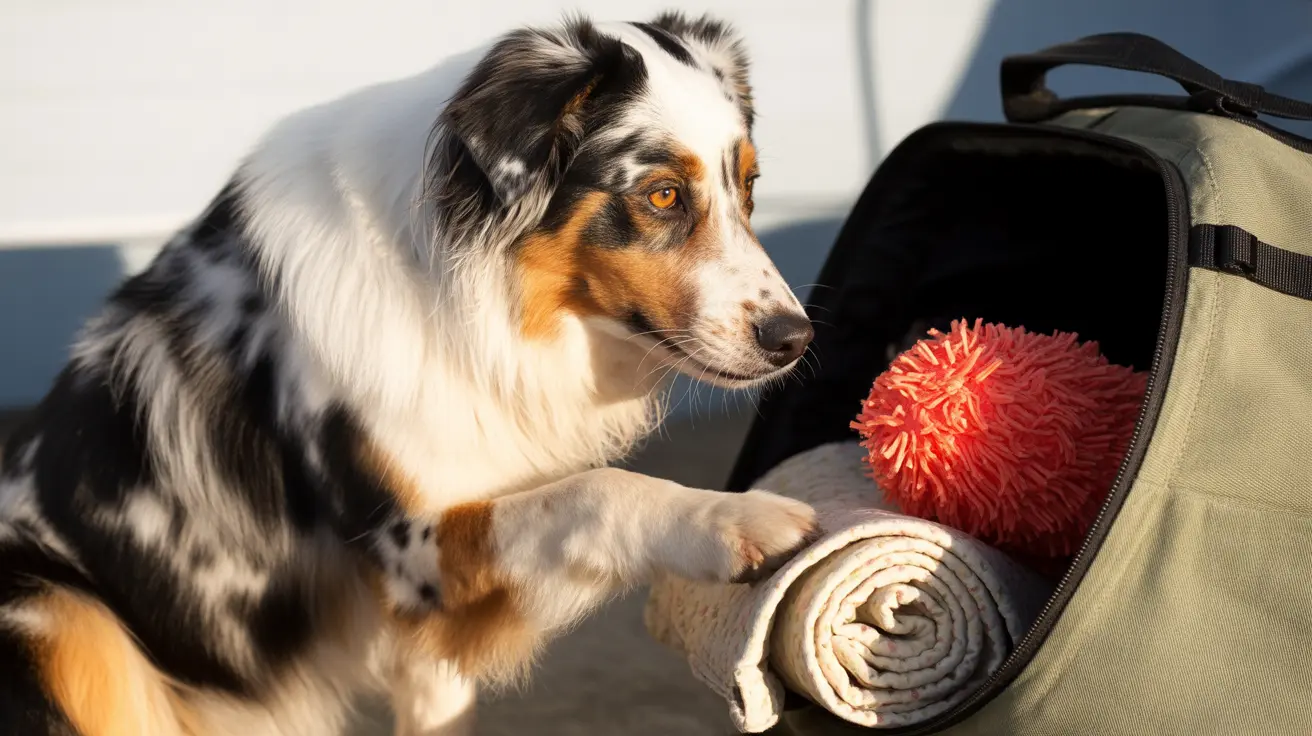Are Flea Eggs Visible to the Human Eye?
If you're dealing with a potential flea infestation in your home or on your pet, one key concern is identifying the presence of flea eggs. Understanding whether you can actually see these eggs with the naked eye helps determine how to approach treatment and cleaning efforts.
What Flea Eggs Look Like
Flea eggs are:
- Tiny – Each egg is approximately 0.5 mm in length, about the size of a grain of salt.
- Oval-shaped and often slightly rounded on the ends.
- White to off-white in color, which makes them extremely hard to differentiate from other debris like dandruff, dust, or pet dander.
Although technically visible, they often go unnoticed by the human eye due to their size and appearance.
Where to Find Flea Eggs
Flea eggs rarely remain on animals for long. After being laid by an adult flea, they quickly fall off into the environment, contaminating areas such as:
- Pet bedding
- Carpets and rugs
- Furniture and upholstery
- Cracks in hardwood floors
- Blankets and soft toys
They are typically found in clusters in warm, dark, and humid environments where a pet frequently rests.
How to Distinguish Flea Eggs from Other Debris
A practical method to differentiate between flea dirt and flea eggs involves placing the particles on a white paper towel and adding a small amount of water:
- If it turns reddish-brown, it’s flea dirt (digested blood).
- If it stays white and unchanged, it’s likely a flea egg.
Flea Life Cycle Insights
Flea infestations are notoriously difficult to resolve in part because of their complex life cycle, which includes four stages:
- Egg
- Larva
- Pupa (cocoon)
- Adult
The eggs hatch within 2 to 14 days depending on temperature and humidity. The resulting larvae seek out dark areas where they can feed on organic material and flea dirt. Eventually, they create cocoons and enter the pupal stage, remaining dormant for weeks or months until triggered by vibrations or warmth. Then, they emerge and seek a host.
Are Flea Eggs Harmful to Humans?
While flea eggs themselves are not harmful to humans, they can lead to a worsening infestation. Adult fleas emerging from these eggs can bite humans and pets, transmitting diseases such as:
- Murine typhus
- Cat scratch disease
- Plague (under rare circumstances)
Moreover, pets ingesting fleas while grooming may become infected with tapeworms, posing further health risks.
Dealing with Flea Eggs: A Comprehensive Approach
Because flea eggs are hard to see and widespread in infested environments, eliminating them requires a multi-pronged approach:
1. Treat the Pet
- Apply vet-recommended flea preventatives—topical, oral, or collar-based solutions that kill fleas at various stages.
- Use flea shampoos for immediate relief, though they lack residual protection.
- Comb your pet with a fine-toothed flea comb to remove eggs and dirt, dipping the comb in soapy water to destroy collected debris.
2. Clean Indoor Spaces
- Wash pet bedding, blankets, and soft toys in hot water and dry on high heat.
- Vacuum carpets, rugs, furniture, and floors thoroughly—especially crevices and corners—and dispose of vacuum bags immediately.
- Steam-clean surfaces when possible for deeper cleaning.
- Consider using environmental sprays containing IGRs (Insect Growth Regulators) to halt development in hard-to-reach areas.
3. Outdoor Maintenance
- Regularly mow lawns and trim vegetation in areas pets frequent.
- Deter wildlife that may carry fleas from entering your yard.
- Apply outdoor flea control sprays in shaded, pet-accessed zones if necessary.
4. Natural Alternatives
- Diatomaceous earth can help dehydrate flea eggs and fleas but use with care to avoid pet exposure to dust.
- Essential oils like neem or cedar are promoted for flea control but must be used cautiously to prevent toxicity in pets.
- Soapy water traps under nightlights can reduce adult flea populations.
5. Continual Prevention
- Continue using monthly flea preventatives year-round on all household pets.
- Maintain regular cleaning, even after controlling the infestation, to prevent recurrence.
Key Takeaways
- Flea eggs are just barely visible, white, and extremely small.
- They are easy to confuse with dandruff or dust and are best identified using the white-paper test.
- Successful flea control requires treating both the pet and environment, targeting all life stages from egg to adult.
- Persistent, comprehensive action ensures long-term protection and reduces the risk of re-infestation.
By understanding how to identify and treat flea eggs, pet owners can take effective steps toward a flea-free home and healthier pets.





